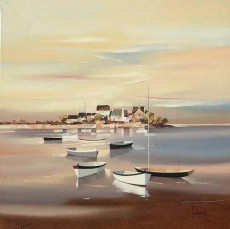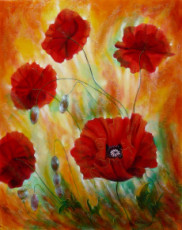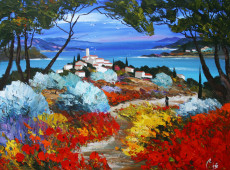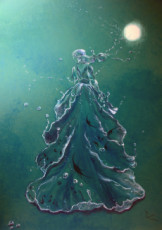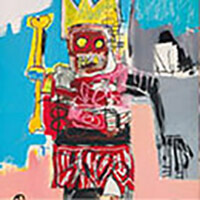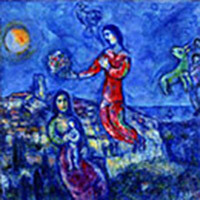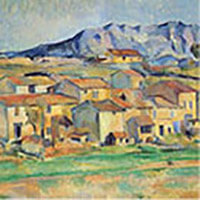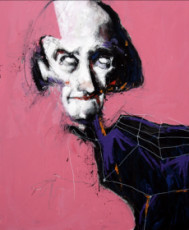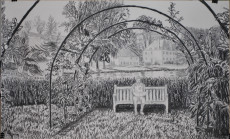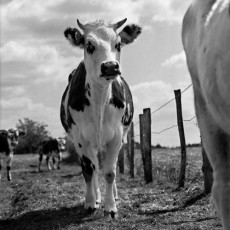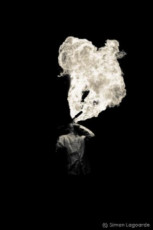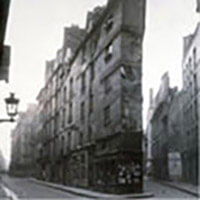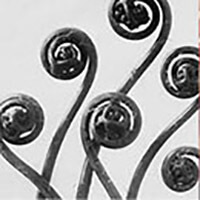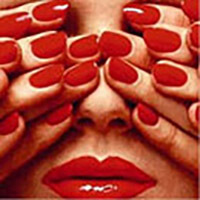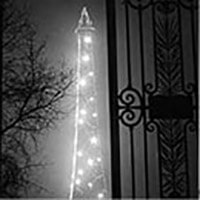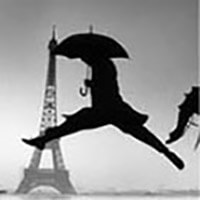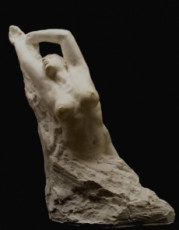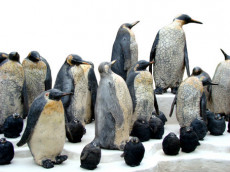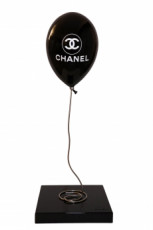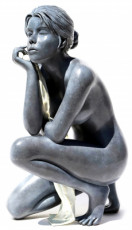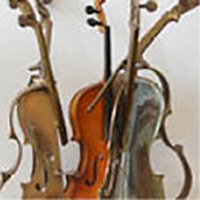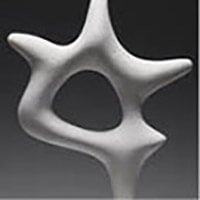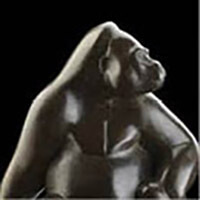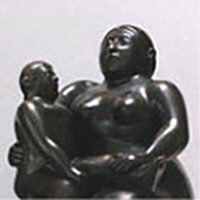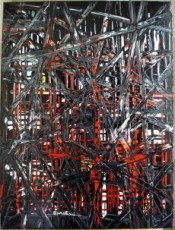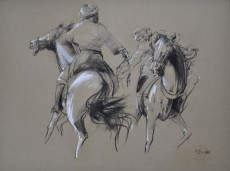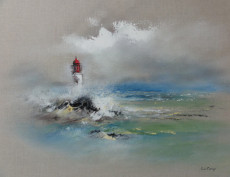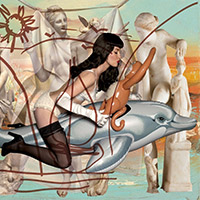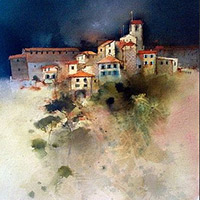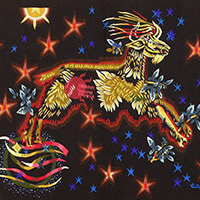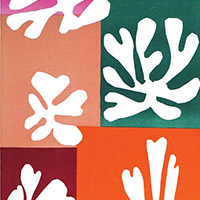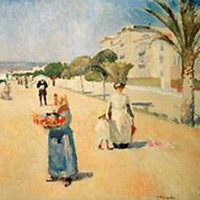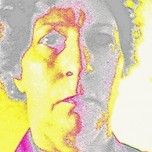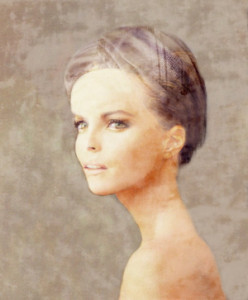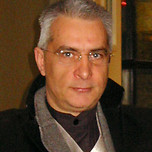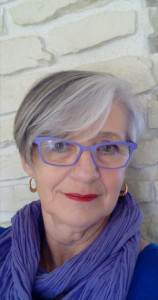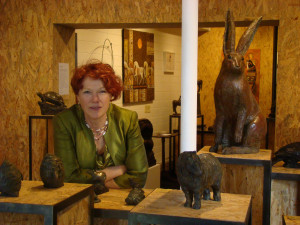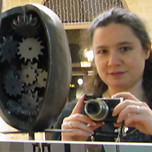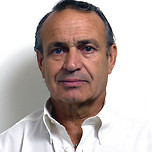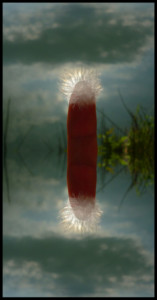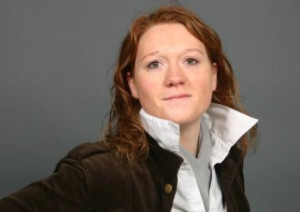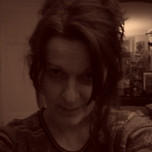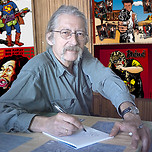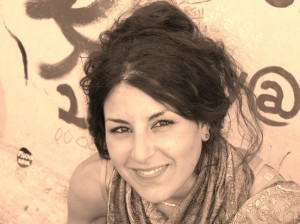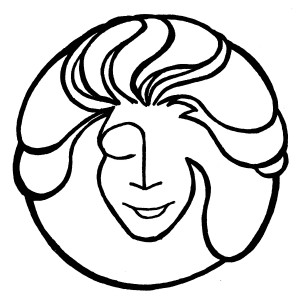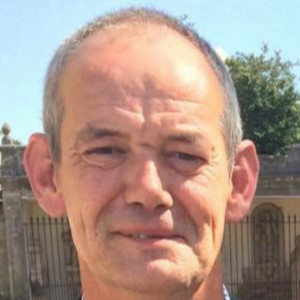
Discover the contemporary work of Colette KLEIN

As a poet and painter, I began with writing. When I approached painting, it immediately seemed to me to be the indispensable complement to my work, the second side of the same quest. Writing appeals to the mind, while painting, more physical, requires a carnal commitment, vibrations that use colors to reach the ideal, that help to be born into the world in the totality of one's body. .
"Colette Klein will go as high as her dream. I admire her and I esteem her for all that she is." Robert VIDALIN, actor.
"The universe is transparent, they say, towards the future. It emerges here from rapid fusion processes and denounces, by concentrated effects, its lyrical, almost expiatory cosmology. This eruptive, paroxysmal fire seems to lead a migration of souls whose origin would be relinquishing itself. (...) Whether the blue comes from the Hymns or the Reminiscences, it always converges, confusedly, towards this passionate flow which propagates it, this expanding drama where water, sometimes, remembers. Symbolism of the angel, riddled swell, theater of apparitions that must be exacerbated by an ascending will. Raymond BEYELER, poet, member of the editorial board of the magazine Phréatique, for the exhibition at the Pierre-Michel D. gallery (1996)
"These sought-after paintings attract attention, they stand out from other exhibitions by the subject painted and by the inherent colors that are diffused there, as if illuminated by a personalized ambient light. (...) The fantastic emerges there, not a Dantesque fantastic, but in the sense that Henry de Montherlant understood it when he wrote: "The fantastic does not exist. Only reality is fantastic." (...) We could easily classify historically - by sticking to appearances - these paintings in the movement of the Abstract Expressionists, a pictorial movement that arrived from the United States after the war of 1945, most of whose representatives are American, with the exception of the French surrealist painter André Masson, a friend of André Breton. It is clear that this typology is a convenient approximation for the kind of painting experimented by Colette Klein, which remains on the bottom, when we know better her inner approach, very close to her convictions in poetry. In the plastic arts, Colette plays well, unconsciously or not, with a certain expressionism that is her own, more concrete than it seems, even if it remains withdrawn from figuration. Armand GAUSSET Extracts from an article published in the Cahiers littéraires Les Hommes sans Epaules (2015).
As the title of one of my paintings underlines: "The X-ray of the visible", this quest signifies my desire to bring out the invisible part that is in each of us, to bring to light the unconscious, even the images transmitted by ancestors or by History. For her, it was simply an adaptation to the horror, the acceptance of her intimacy with death. The mass graves that she hid under the bright colors of otherwise luminous landscapes helped her to survive. Excerpt from S'apprivoiser, récit. Even if I know that beauty universal does not exist, I aspire, above all, to make palpable a light that would emanate from a world transcended by a dream of the absolute. I will not go so far as to believe a friend who, once, told me that I came from elsewhere and that my paintings were a reminiscence of my life on Alpha Centauri, but I think that we cannot forget, as astrophysicists affirm, that we belong to the cosmos, that the matter that animates us is the same as that of the stars. I want to bear witness to this belonging to the world, and to the movement, to the desire that underlies the smallest of our gestures, which, quite simply, allow us to live. C.K





